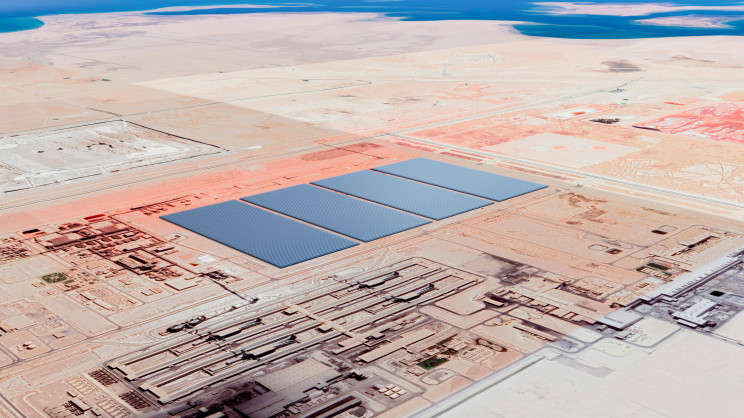A key part of any manufacturing process is moving raw materials through different stages of production until it reaches the final product. This movement of materials can be done using a variety of mechanical conveying systems such as conveyor belts.
Another cost-effective method that can be used is a pneumatic conveying system. This is especially good for conveying dry bulk materials and powders and with little loss. A pneumatic system transfers these materials through an enclosed pipeline with the aid of a gas flow (air) and pressure differential. This gas flow is typically generated by devices such as a compressor, a fan, or a roots blower.
This system is ideal for industries like Food and Beverage, Detergents and Chemicals, Pet Food and so on. The principle of operation follows the fact that the conveying air transfers a thrust of force on the materials. This helps to convey them through the conveying line. You can learn about conveyor systems here.
Pneumatic conveying typically requires a difference in pressure between the beginning and the ending of the pipe. However, compressors and blowers are used to overcome this pressure difference.
The height of the pressure difference to be applied is dependent on the layout and length of the conveying line. This is referred to as the isometry. It also depends on the concentration of the bulk materials that is been conveyed. This is called the loading.
Classifications

Pneumatic conveying systems come in two main classifications which are based on the principle with which they operate. Either of these two categories can run in a vacuum or under pressure. The two classifications are:
Dilute Phase
This may also be referred to as stream-flow. It is a common system that is used for non-fragile materials. It implements low pressure and high-velocity streams of air which fluidizes fine particles. In a dilute phase, the material to be conveyed is loaded into the hopper. An air mover is then used to send this through the conveying line to its destination at a very high speed.
These types of conveyors come as either a dilute phase pressure or vacuum conveyor. Pressure conveyors typically work best with powders that have bulk densities that are less than ~62 lb/ft3. They can also move granules for long distances.
Vacuum conveyors on the other hand are suitable for materials like fibers and woodchips that pack when under pressure. They are usually used over short distances. They also reduce the risk of the inside material getting exposed and this makes them useful for toxic and chemical applications. You can see more on this here: https://blogmech.com/types-of-pneumatic-conveyor.
In both cases that is, pressure and vacuum conveying, dilute phase systems are useful for transmitting light and non-abrasive materials. These can include things like carbon, flour and powder chemicals. They are inexpensive, require little space and are quite effective.
Dense Phase
The dense phase is the opposite of the dilute phase. It makes use of high pressure as well as low velocity to transmit materials that are prone to breaking. The material to be transported is put into a pressure vessel. The high pressure present will force materials into the conveying line and to their destination.
The product is “pulsed” rather than fluidized in the air stream. This makes dense phase conveyors much slower than the dilute version. They are also easier on materials. They lightly convey particles that are smaller than 0.75 over distances of more than 250 ft.
Dense phase conveyors are typically used for moving heavy materials like plastic pellets, abrasives, blended products, etc. They are also suitable for moving fragile products.
Reasons to Use A Pneumatic Conveying System and Criteria for Selection
A properly constructed as well as optimized pneumatic system is efficient and more viable for transporting materials than using a mechanical system. This is true as long as the materials to be transported are not large particles, have high bulk density, or sticky.
The pros of this kind of system include:
- They are quite easy to install, operate and maintain.
- They offer greater options when it comes to expansion and route changes.
- They can be isolated from any moving parts as well as the environment. This limits contamination and reduces concerns about air quality and dust.
When looking to acquire a system for pneumatic conveying, it will be great to have some specifications that your supplier can work with. This is because the process of selecting a pneumatic system can be difficult. The criteria below can help to serve as a guide. Some fundamental things to put into consideration are:
- The distance, pipe design and flow rate – it is important that you know the distance that your materials will be traveling. You should also know the desired speed as well as the anatomy of the setup that is desired.
It would be best for you to have full information about the above. Different variables like line length, pipe size, flow rate and product density will influence the system’s effectiveness. - Fans, vents, filters and protection – If the product to be transported is toxic, the right filtering equipment must be used. This is to protect the system as well as the staff using it. Inadequate filtering will lead to unwanted issues.
You should therefore ensure the ideal number of filters utilized as well as fans and vents to keep it running well. The fan to be used will depend on factors like the length of the line and the material to be transported. - Special considerations – Pneumatic systems may be controlled using various control systems. You should let your supplier know if you require this. The system should also have suitable instrumentation for easy troubleshooting. All in all, know the specification of your material and the system you require and give your supplier this information.
Conclusion
Pneumatic systems are great for transporting bulk and powdery materials and they come in two main types. They can be customized to your specific needs. The type you require will depend on various factors. The most important of these is the kind of material you are transporting.







